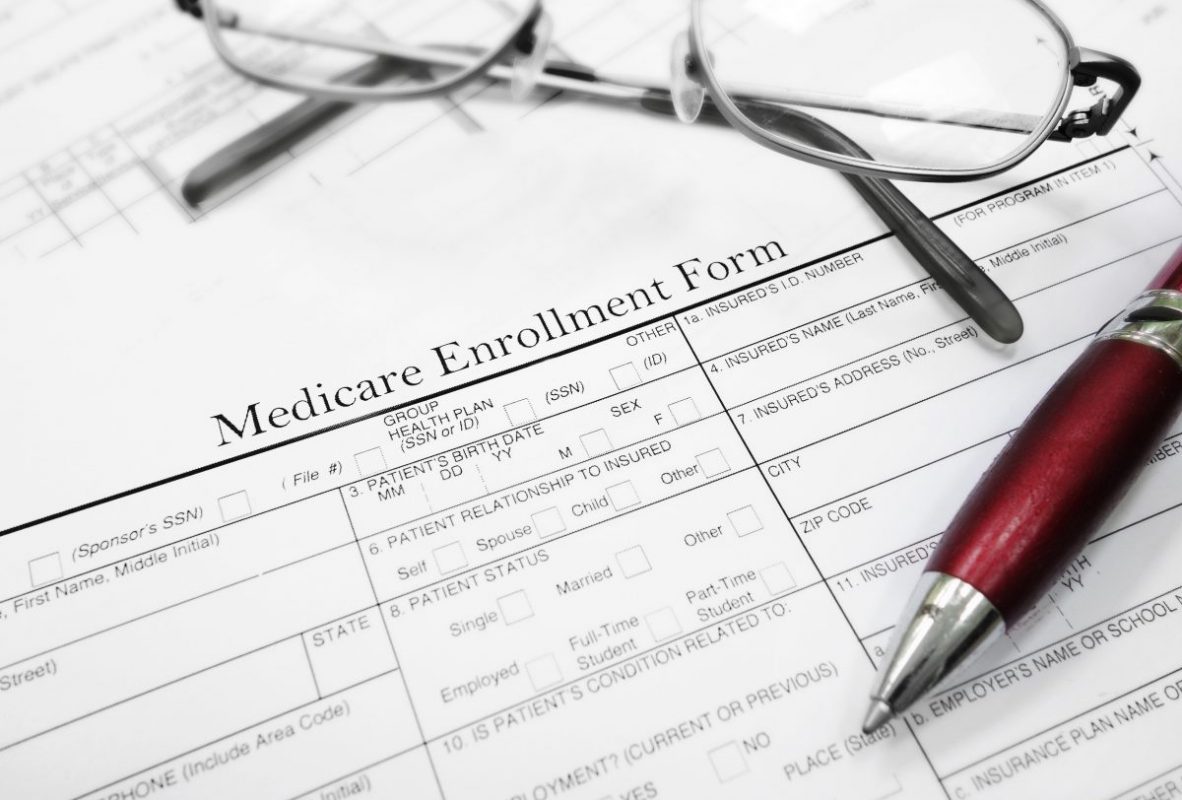The months before an individual’s 65th birthday is the time when you need to make important decisions about your healthcare coverage as you become eligible for Medicare.
Signing up for Medicare can be a major life change. However, with several plans, parts, and premiums, it can be quite confusing. That’s why this comprehensive guide and checklist would help you out—showing you how to apply for Medicare, choosing the best plan for you, and what to expect for the whole enrollment process.

Understanding the Parts of Medicare
The first thing on your checklist is to have a better understanding of the different parts of Medicare:
- Parts A and B
The Medicare Parts A and B make up the Original Medicare which the government provides. Part A is the hospital insurance that covers your inpatient hospital stays and nursing facilities. Meanwhile, Part B is the medical insurance, covering outpatient medical costs like home medical equipment and doctor’s office visits.
- Part C
Part C is more commonly known as Medicare Advantage. It serves as an alternative to the Original Medicare plan and is offered by private insurance companies. It covers everything that the Original Medicare offers but with additional coverage such as prescription drug benefits, transportation services, and gym memberships, depending on the provider.
- Part D
This part covers prescription drugs and is often called Prescription Drug Plans. Like Part C, Part D is also available from private insurance companies, offering prescription medications. Those who sign up for Parts A and B can choose to include Part D in their plan.
- Medigap
Medigap is another supplemental coverage that pays your out-of-pocket expenses such as Parts A and B deductibles and co-insurance. Individuals with Original Medicare can add this optional coverage provided by private insurance companies.
Medicare Enrollment: Do You Need To Apply?
Most people will need to apply for Medicare coverage while others are automatically signed up. If you turn 65 and you’re already receiving your retirement benefits from the Railroad Retirement Board or Social Security, then you’ll automatically be enrolled for Medicare Part A and B.
Now, if you’re not receiving retirement benefits and don’t have any health coverage from an employer, then you need to personally apply for Medicare a few months before turning 65.
Medicare Enrollment Periods: When To Sign Up?
You can sign up in Medicare during the specified times. These enrollment periods are specific to your life events or the Medicare parts you’re enrolling in. Missing an enrollment period may incur late fees, with some penalties lasting as long as you’re covered.
- Initial Enrollment Period
The initial enrollment period is the 7-month window before, during, and after you turn 65 when you can first sign up for Medicare. It starts before your birth month, extending three months after your birth month. You can enroll in all Medicare parts during this period.
- General Enrollment Period
If you didn’t sign up during the initial enrollment, you can do so during this period, which starts from January 1 to March 31.
- Open Enrollment Period
The open enrollment period is from October 15 to December 7. This is the time when you can switch from your original Medicare to Medicare Part C or vice versa. Also, you can switch Part C plans as well as change, remove, or add your Part D plan.
- Special Enrollment Period
Delaying your enrollment for an approved reason allows you to have a special enrollment period. If you stop your other insurance coverage, you have eight months from the end of your employment or your coverage to sign up without paying the penalty.
- Part D Enrollment and Add-Ons
Enrollment for Part D and other Medicare add-ons is from April 1 to June 30.
- Medigap Enrollment
There’s an enrollment period for Medigap that starts from your 65th birthday or after the first day of the month that you sign up for the original Medicare. Missing this period means you might not be able to get a Medigap plan. You can still get one later on, but you’ll pay higher premiums, particularly if you have health conditions.
- Medicare Advantage Open Enrollment
Starting from January 1 to March 31, this open enrollment allows you to go back to your original Medicare or switch from one Medicare Advantage plan to another. Take note that you can’t enroll in a Medicare Advantage plan if you’re covered with the Original Medicare.
What Do You Need?
There are several requirements you’ll need to prepare to enroll for Medicare:
- Birth certificate
- Income statements
- Proof of citizenship/permanent residency if you’re not US-born
- W-2 or other tax forms
- Discharge papers or other military service records before 1968
Where To Apply?
You can sign up for Medicare online. You can also call Social Security or through the Social Security office in your area. If you’re applying through the local office, you can visit in person or send them a letter with your name and Social Security number to schedule a date of enrollment.
Things To Consider
You need to consider certain things and steps to ensure that you get the best coverage for your needs. These include:
- Use Medicare’s plan finder tool to search and compare the cost of Medicare Advantage, Part D, and Medigap Plans in your area.
- If you want to keep visiting a particular pharmacy or doctor, check if they accept Medicare plans.
- Research how your current health insurance works with Medicare.
- Determine if you’ll be automatically enrolled in the Original Medicare or will need to take extra steps.
- Determine if you need additional coverage from Medicare Advantage plans.
- Look at income requirements for assistance programs such as Medicare savings program or Medicare Extra Help and apply if you think you’re eligible.
- Choose and finalize your insurance plan and sign up before the deadlines stated above.
Conclusion
The Medicare program helps tens of millions of Americans with the overwhelming cost of healthcare. Choosing and signing up with the right Medicare plan ensures good healthcare and makes it easier for your finances.
While enrolling for Medicare seems a confusing process, this article made it simpler and easier for you so you can plan out your options before your 65th birthday.
